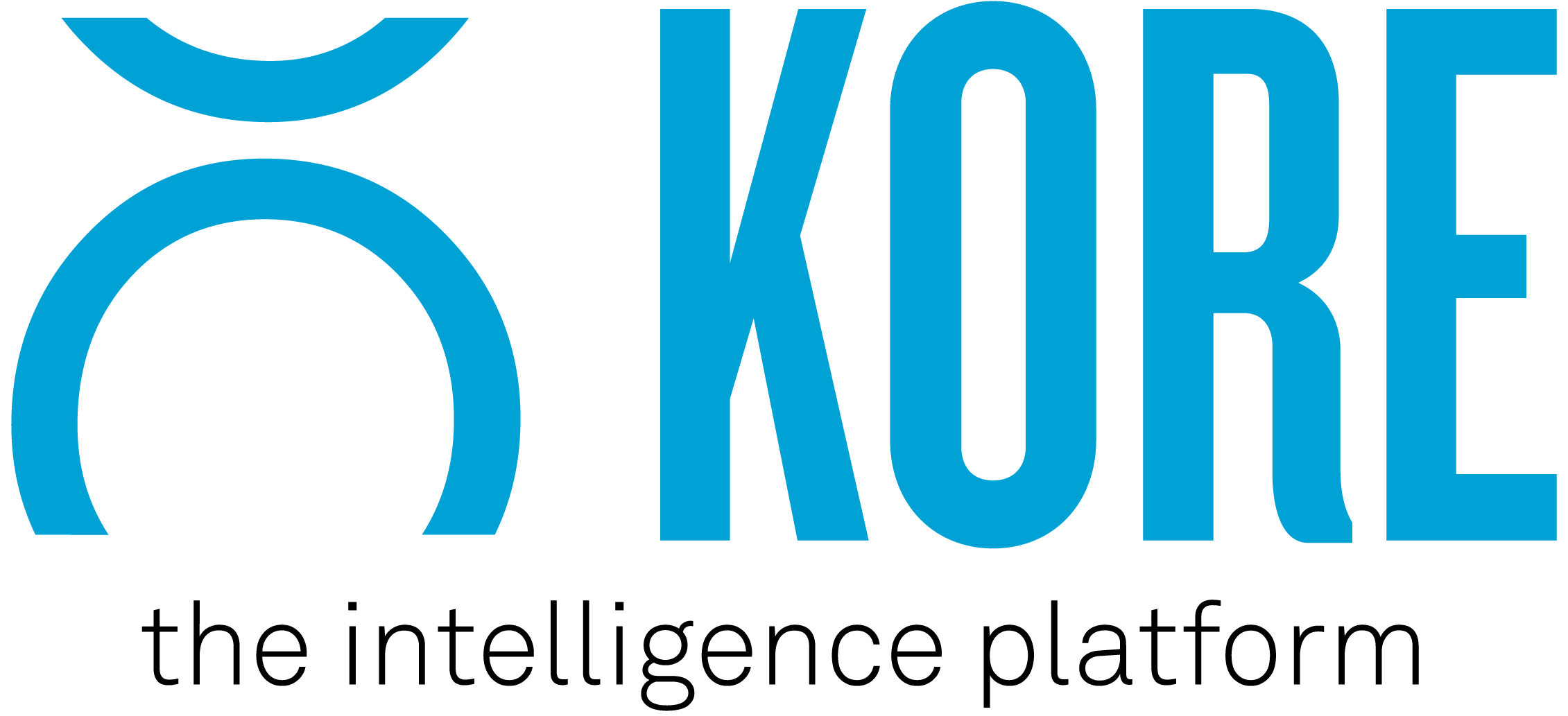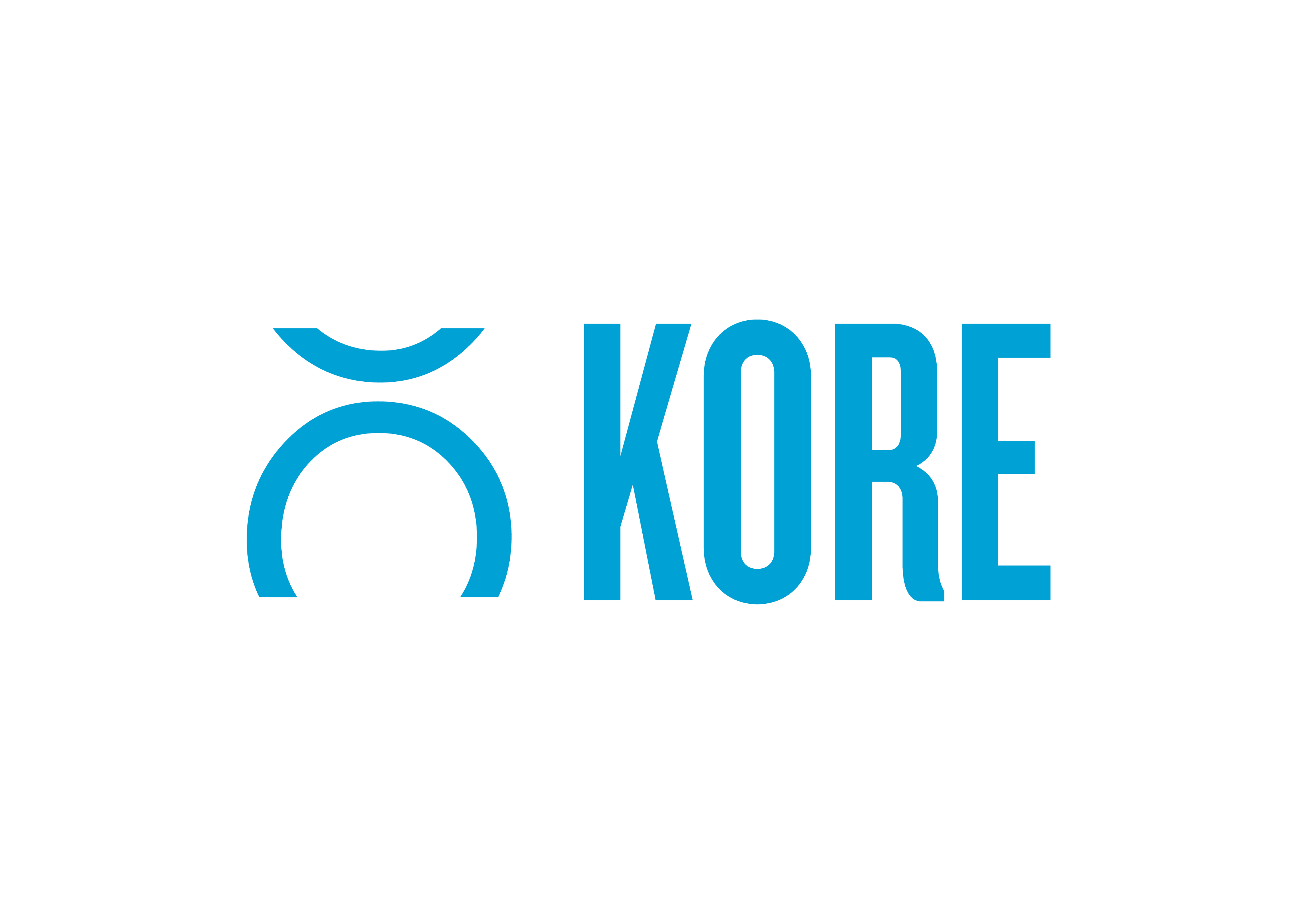Every strategist has a go-to way of evaluating the success of a deal – Both short term and long term. So, I wanted to unpack this a little.
In and amongst various conversations with some of our industry’s best, I ran a quick poll on LinkedIn – What type of report will have the most IMPACT on Sponsorship Strategy in 2021?
This can be totally subjective and the sample size wasn’t huge, however, there were four options to choose from:
- Live Deal Valuation
- Asset or Benefit Delivery
- Value Generated by Objective, and
- Digital Engagement
Each are extremely valuable to both rights holders and brands. One more so than others according to the results – with 66% of people said that Value Generated by Objective would have the most impact on sponsorship strategy.
But, it got me thinking.
Live Deal Valuation
A tough one, I know. So, let’s pivot the narrative and oversimply this, perhaps we call it Deal Scoring and break it down.
When considering objectives, deal scoring is a great way to visualise the real-time performance of your deals because we’re able to see all of our deals on a scatter-plot graph, sorted by a score out of 100 on one axis and your investment / revenue on another.
Here is a quick 30 second.
Deal scores on the Y-axis should be calculated via weighting and achievement of at least 2 objectives (Anything less and it starts to become super tricky). Then, we ideally want to have 2-3 key results that we can track to determine whether or not an objective has been met.
For example, an objective may be to increase online sign-ups. If we reverse engineer this, we need to first increase online engagement with a view to driving people to a specific page on the website that acts as an online sign-up form. At a basic level, our key results could be:
- Percentage increase of online engagement across the website,
- Percentage increase of click-through to sign-up page, and
- Percentage increase of people completing the online sign-up form.
Our X-axis then just becomes a range from our lowest spend to our highest spend – Find me anyone who does value this type of report and I’ll eat my hat!
Spend and Value Generated per Objective
A big sin in survey data, I’ve tweaked the question – I know. But stay with me.
It’s common to find objectives being applied or tagged at a deal-level, but some strategists and sponsorship professionals will also do this at an asset-level as well. By doing this, we’re then able to filter down to both the spend and the value attributed to the objective that was applied.
From a Spend perspective, by tracking our hard costs per asset we’re able to aggregate this to a total amount. We’re also able to build a comprehensive analysis around how we link assets to objectives, not just a few overarching ones that sound good.
Then there’s Value. If you paused momentarily and said something out aloud about ‘how do we find the value’, then we’re on the same page. How we measure the value of assets then subsequently becomes the hero or key component of this dashboard.
Asset or Benefit Delivery
For KORE clients, this is a bread and butter report. And to a certain degree I feel this needs a little more love that the poll results gave it.
Being able to easily see assets that have, and haven’t, been used to date can be an effective tool in helping shape strategy execution. On face value it’s a fairly simple report, but if I can put my strategy hat on, it’s helps me understand the money I’ve left or table or proverbially wasted. It also helps me talk to other internal teams about what can be used in a new product-launch campaign or to instill confidence that we’re delivering assets that help achieve specific objectives.
It’s not the most glamourous or complex report, but I can guarantee that asset delivery is important to both sides.
Digital Engagement
Now, admittedly, digital is not my foray. However, based on conversations with clients and understanding how digital and social media can play a role in achieving objectives – I see why it’s important.
But what level of impact does it have?
If we stay on the path of online sign-up forms. Being able to break down a Social Posts Tracker or perhaps a Branded Content Summary can be really effective in determining whether the messaging we’re using is working or not.
The Winner
The poll wins – Value Generated by Objective. We need to move on from the ROO vs ROI debates. Going into 2021 objectives need to lead sponsorship strategy and the reports or dashboards that can helps us quickly understand performance are going to have a huge impact.
KORE is the global leader in engagement marketing solutions, serving more than 200 professional teams and 850+ sports and entertainment properties worldwide, providing practical tools and services to harness customer data, facilitate sponsorship sales and activation, and create actionable insights.



